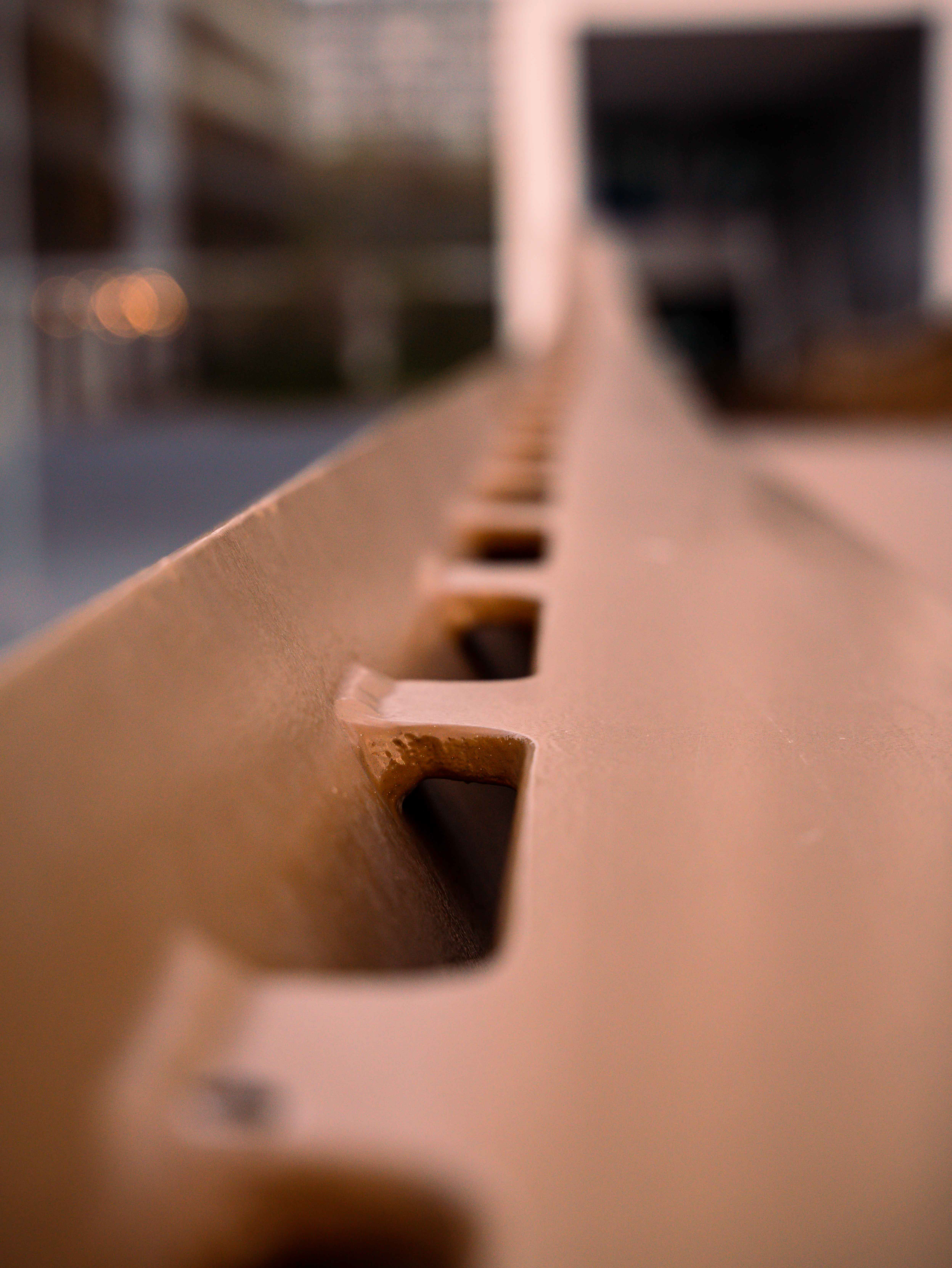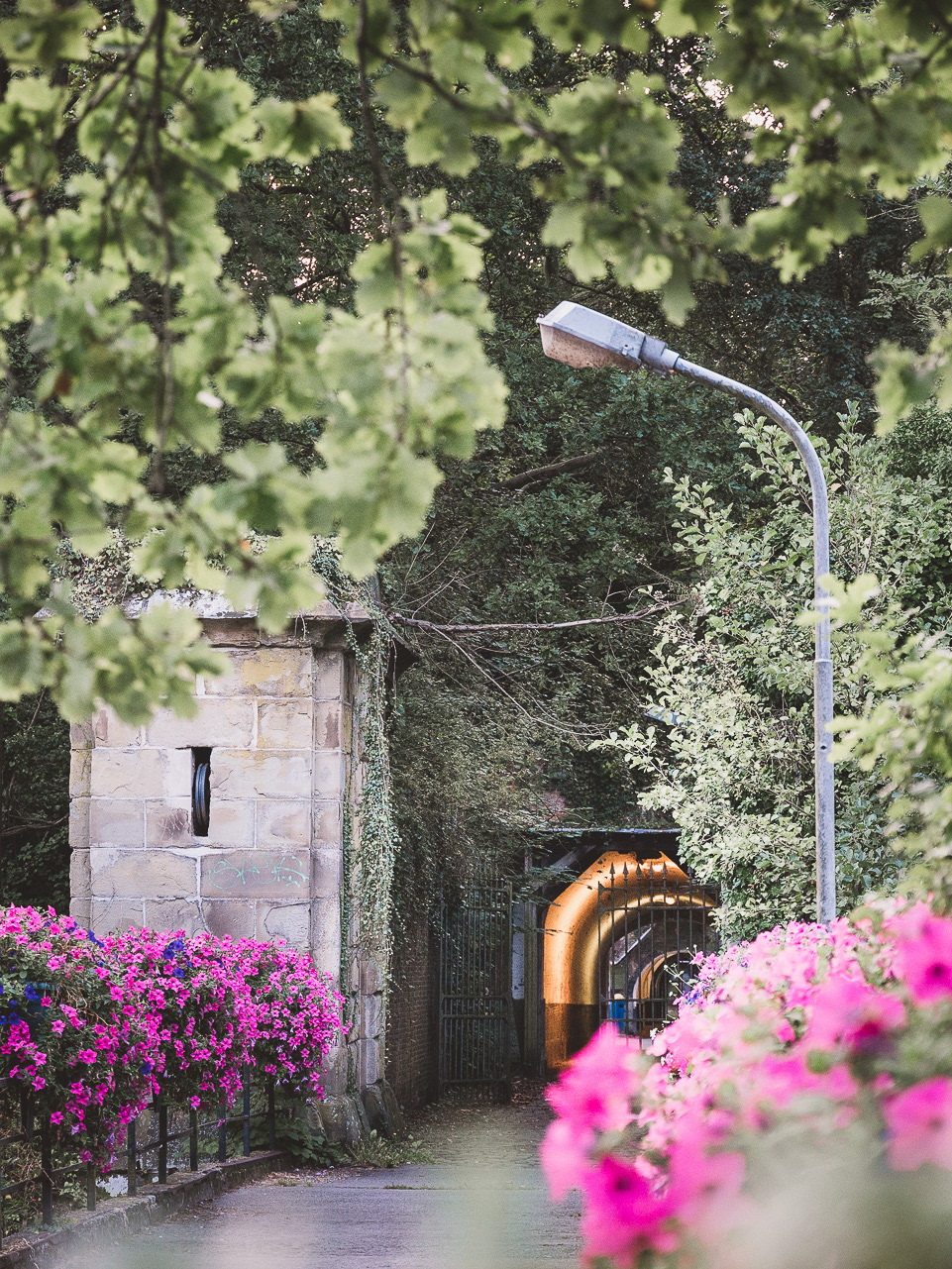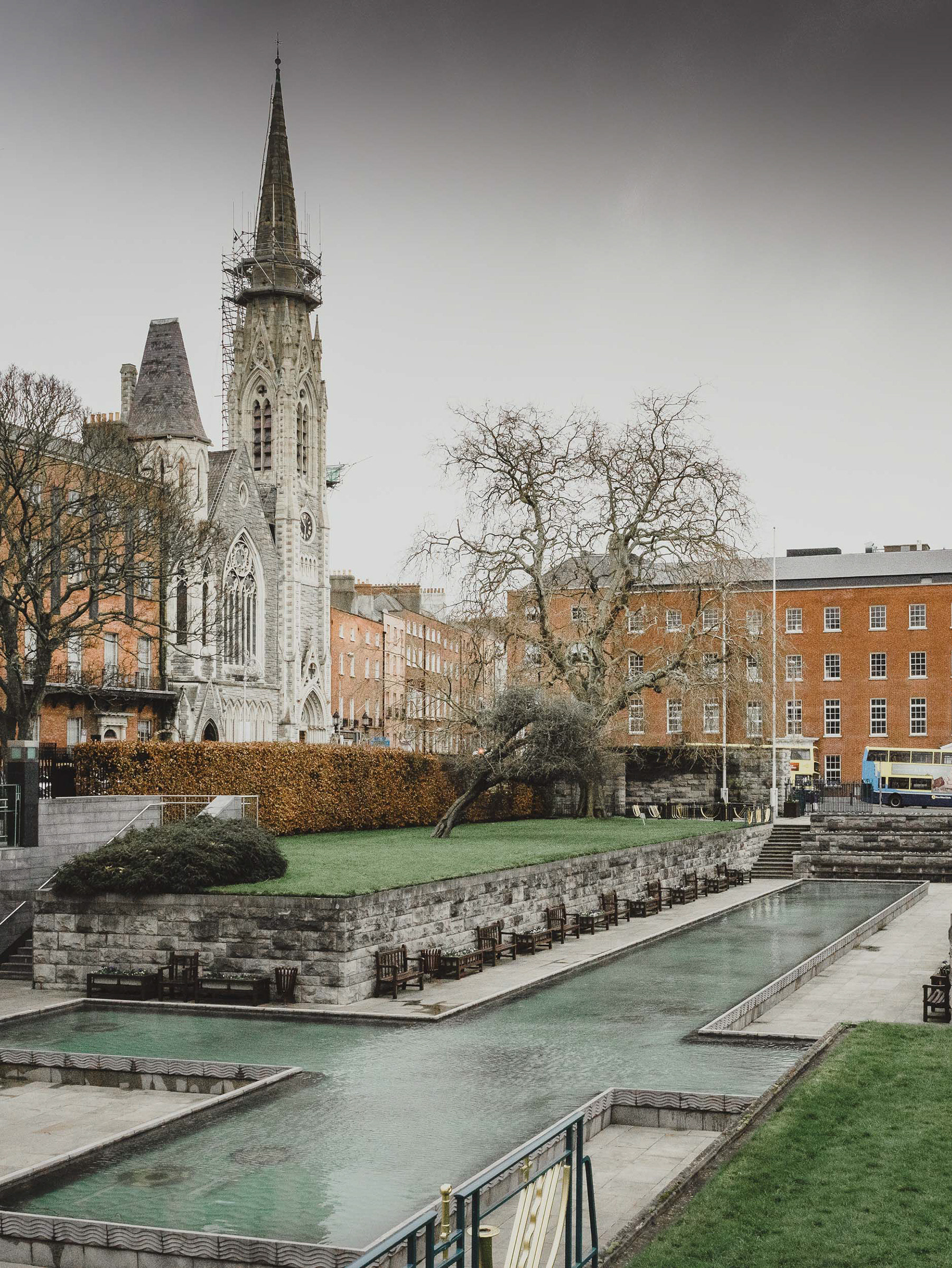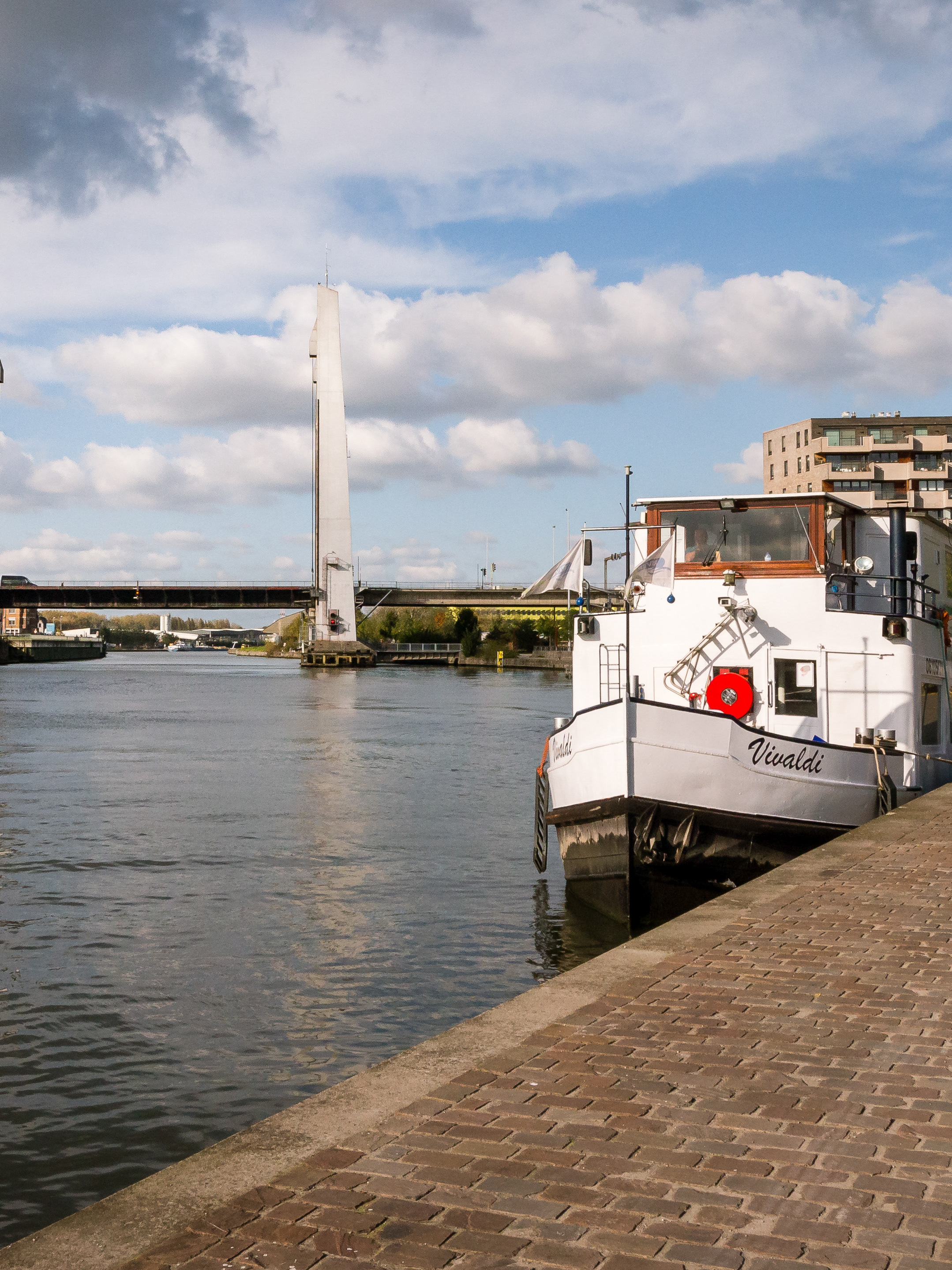The images I made at Post X tell the story of the rebirth of the site. This place has an extraordinary history. I want to tell you the story of this place and show you some of the images I made here.
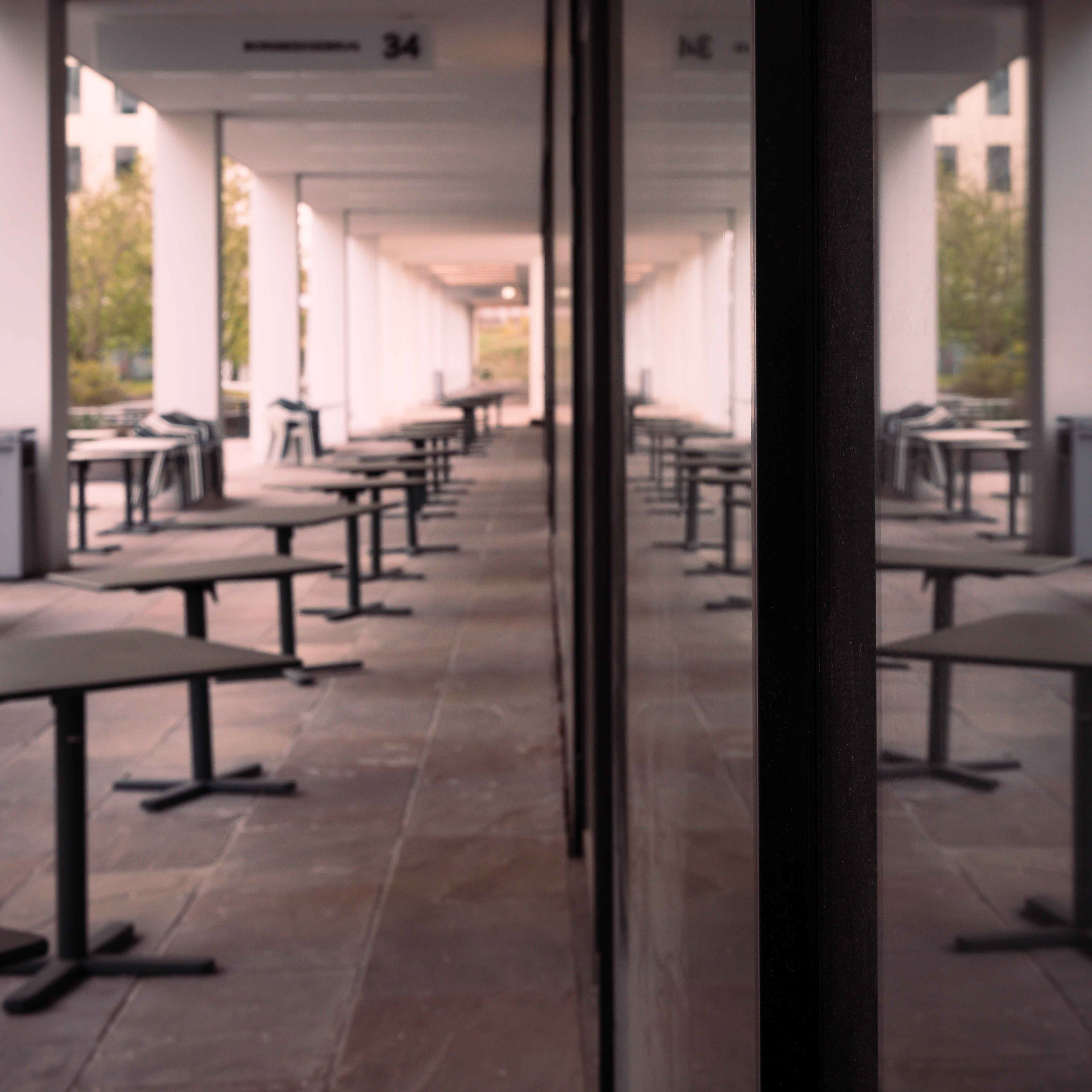

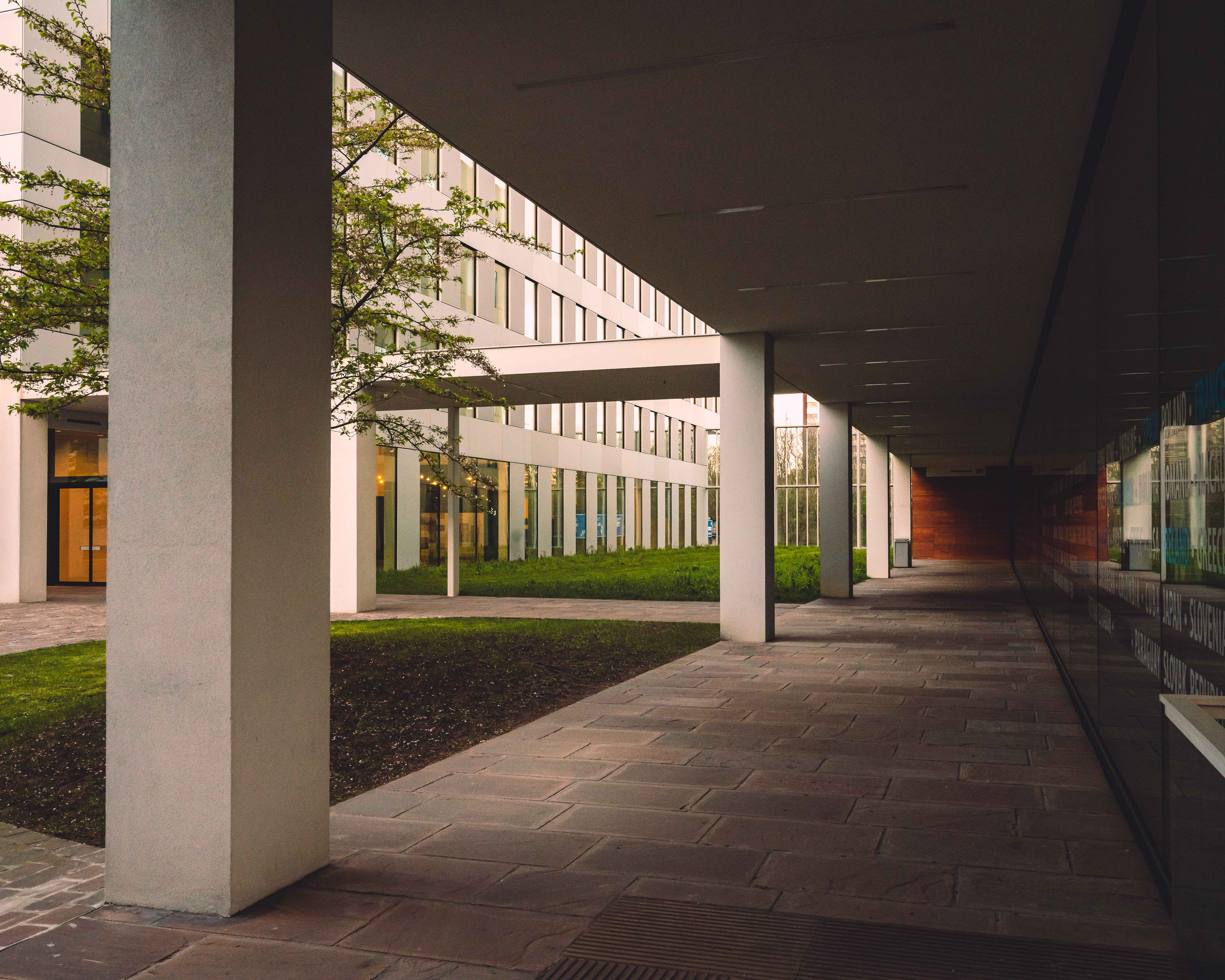
walls around antwerp
The port of Antwerp has been of great economic importance throughout most of modern history. The defense of the city and its port were seen as crucial to whoever ruled these territories. The defense of the city shaped the recent history of the Post X site and eventually led to where we are today.
With few natural defensive elements in the surrounding landscape, the city of Antwerp has a long tradition of defensive structures. A fine example of these are the Spanish city walls (Spaanse omwalling), constructed from the 16th century onwards. Until the autonomy of Belgium in 1830 the defense of Antwerp consisted of the citadel (Zuidkasteel) and the Spanish city walls near the current ‘De Leien’ avenues. ‘De Leien’ are four avenues that form almost a half circle around the city (Italiëlei, Frankrijklei, Britselei, Amerikalei).
Halfway through the nineteenth century, it became clear to the Belgian army that these defensive structures would not suffice to resist an attack from a larger neighboring country. At the time Belgium felt especially threatened by France. The nineteenth century French nationalists saw the river Rhine as France’s natural north border, thus including Belgium in France’s territory. After the rise to power of Napoleon III in France, the young kingdom decided to transform Antwerp in a ‘national redoubt’, a place where the king, the government and the army could dig in, in case of an armed conflict. In an effort to include the expanding city, the new defense structures were built in a wider circle around the city. The trajectory of this half circle coincides with where the Post X site is today. A ring of small fortresses was built around Antwerp (Fortjes 1-7). Originally they were built as earthen ramparts.
Only a few years later the construction of the Brialmont wall started. The earthen ramparts were reinforced. Another defensive ring, even further away from the city, was added at this time.
While the small inner circle of the Brialmont wall was eventually demolished in the middle of the 20th century, it continued to shape Antwerp’s layout. In the 1960’s the Brialmont walls were demolished. The ever expanding city needed space to grow. The space that was created was put to use. The ring road R1 around the city of Antwerp was also largely built on the area of the former fortresses around the city. The current Post X is located right where the walls used to stand. The site eventually became the home of a large distribution centre of the Belgian post services.


NEW LIFE
The construction of the distribution centre of the Belgian post services started in 1988. Fully operational 6 years later, it became clear in the meantime that the building was too small. Larger machines were the best way to organize the postal distribution in an efficient manner. In 2007 the Belgian post services left the site. Then it remained vacant for a long time. In 2015 the old distribution centre was finally demolished. After that the construction of the office spaces began.
A redevelopment for the grounds was provided. On the site of the old postal distribution centre the office spaces were built. The research that had been undertaken before construction indicated that the site was located on where the imposing Brialmont walls existed that were built in the middle of the 19th century.
Right next to the former distribution centre, the building contractor hit massive stone structures. A team of archeologists initiated the research of the remains. They concluded that they were parts of the Brialmont walls, built between 1859 and 1964. They found a part of the caponier (caponnière) between the disappeared railway gate (Spoorbaanpoort) and the Borsbeek gate (Borsbeeksepoort). A caponier is a type of defensive structure in a fortification. The caponier is usually equipped with a firing step and rifle ports to allow troops to fire along the ditch. The walls they dug up clearly show how monumental this undertaking had been.
Today the Post X site is at the start of a new life. There is a positive new beginning here. But we should never forget to look back.

FUTURE WORK
This project is not done. While I am writing this, the construction is still under way for a large building. It will be the new home of the Antwerp police.
At the same time I am already busy for two years with a long term project about the outer circle of the Brialmont walls. Please consider signing in for my newsletter, if you want to be informed about this or other project I’m working on. You will get a newsletter just a few times a year with:
- nice stories like this one
- updates about my photography projects
- info and discounts for photography related items


